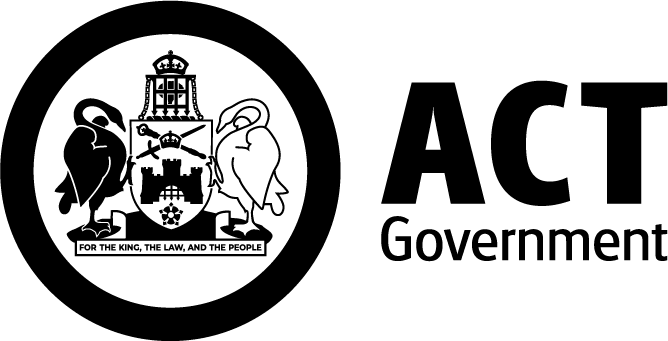Current update
Sulwood Drive
Work has been underway to rehabilitate Sulwood Drive between Athllon Drive and the Mannheim Street intersection and from the Mannheim Street intersection to the Tuggeranong Parkway (map below). As part of these works, underground stormwater drains have been recently cleaned. The cleaning process revealed that some of the drainage has failed. The drainage must now be replaced before road rehabilitation can begin.
For the repairs to take place:
- Sulwood Drive between Mannheim Street and Athllon Drive will be closed in both directions for approximately four weeks from Monday 17 November 2025
- Sulwood Drive between Mannheim Street and Drakeford Drive will be one way (eastbound) from Monday 24 November 2025.
- All Mt Taylor walking tracks remains open, but the Kambah side carpark is only accessible from Mannheim Street.
We recognise this is a significant disruption. These closures will enable the contractor to safely and quickly complete the works required, including to address the underground conditions.
The roads will be reopened before the end of the year, with remaining minor works expected to be completed by the end of March 2026, weather and site conditions permitting.
Please note that proposed Commonwealth Avenue Bridge road closures are expected to begin in January 2026. It is expected that reopening Sulwood Drive before these changes will help reduce unnecessary delays for residents commuting towards central Canberra, who may choose to travel via Tuggeranong Parkway (instead of Erindale Drive or Athllon Drive).
Work will be carried out between the hours of 7 am and 5 pm from Monday to Friday. Work may be undertaken on the weekends during the same hours, if required. Night works will be undertaken to minimise the impact on traffic. Roadside signage will be installed to notify of night works.
There will be changed traffic arrangements including single lane closures. Traffic controllers will be on site to support traffic movements.
The speed limit will be reduced to 40km/h. Please slow down when approaching the works. The community is encouraged to consider using alternate routes when possible.
Thank you for your patience while works are underway.
Kuringa Drive
Rehabilitation works on Kuringa Drive have been completed.


